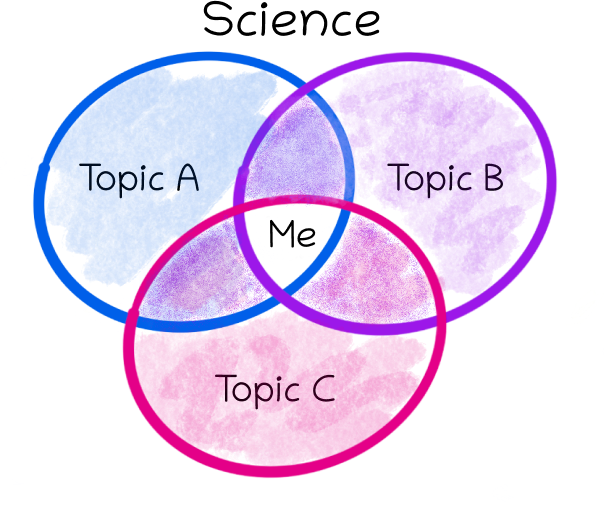The vanishing point of video chat
Boooooodey! Bohhhdeeeeeeey! I’m calling to your dog through the video screen, like an idiot, but he doesn’t recognize me. Sometimes, I can get him to cock his head and glance over at the screen. Today I get no response at all. It doesn’t seem to matter that when I was there last he followed me around all day, wagging the place where his tail would be if he had one. “I have to go” I mumble, and get out of bed, half expecting the floor of this surreal life to drop out from under me as I lower my feet to the ground.
It’s been eight weeks since I last saw the non-digital representation of your face. When people ask me what we’ve learned in doing long distance from Berlin to California for nearly three years, I just tell them about this vanishing point of three dimensionality that appears abruptly after six weeks apart. It’s as if humans haven’t quite evolved enough to keep the full texture of a relationship in our heads for that long. Your face on the screen pulls my mind backwards in time, like looking at the flowers we picked on a hike this summer and pressed between pages of my pasta cookbook, left out from pappardelle the night before.
I’m standing in front of the mirror now, brushing my teeth. One of the secret languages of people who have been in long distance relationships is an obsession with the quality of various time differences. We’re on nine hours, which is actually one of the more coveted ones over four because it means when I’m waking up you’re going to bed and we have this time where we can just relax together, me waking up and you going to sleep. So now I’m looking at my face in the mirror and I’m having this recurring moment where I regret not being more present in our call, not soaking you in more to get me through the day. The mirror triggers me because when I drift from the present during our calls I find myself looking at my own face more. Maybe it’s just an easier image for my eyes to hold as my mind wanders to happier times when we weren’t so far apart.
It doesn’t feel natural somehow, resting my eyes on myself to let my mind wander. Maybe that’s why I have this regret, and I wish I could wake you up just to stare at you for a moment before my day really begins. When we showed my grandma FaceTime for the first time, she was positively appalled by the fact that she could see herself. She refused to do it for a while. “Only audio” she’d say, but then “please send lots of pictures of your face by email.”
They say that hearing your own voice for the first time is painful because it sounds different than when it’s in your head, and that seeing your own face on the screen makes you cringe at first because you never look the way you think you do. Maybe that’s all my grandma was thinking, but after years of daily video calls with you I believe that initial reaction may also be your brain warning of something deeper. How much of “Zoom fatigue” could be mitigated if these companies made the standard feedback an outline of yourself, so that you know if you’re still in the screen but can’t see yourself fully? Would anybody think it’s natural if we all started walking down the street with mirrors attached to our chests so that others can make sure they look ok as they talk? I worry that the world may never know, if we’re so used to this that we’d feel the loss of our own faces, if facilitating narcissism is a differentiator for video software companies.
Grandma has come around to FaceTime, especially since it’s too risky for any of us to visit her now. On our last call she told me how much she likes my longer hair, and that she’s praying every day for you and me to be back in the same place soon. I hardly notice or think about myself when I call her, despite the fact that I’m the only thing she wants to talk about. I just watch her pull the thread of my life through the screen and weave it carefully into the unimaginably patterned tapestry of her legacy. With you I have this craving to push through the video into the future when we’re together again, but with her I’m gripping my phone with both hands; she’s telling me she doesn’t want to keep me and I’m holding the phone closer to my face, smiling, telling her there’s nowhere else I’d rather go. But I can’t convince her, and we say goodbye.
When you and I look back on this time, one of the biggest tragedies will be that the first few years of our relationship coincided with a period where we can’t spend time with grandma. Nobody in the nursing home is allowed to move around or see other people, and I have this feeling when I talk to her that whether she makes it to 97 or fades back to lay down under the cloth of her life will be a decision she makes consciously. I’m going to try and call her every week. I’ll dial you in next time – she’ll be so excited to see your face.
You still take up most of the space on my recent calls list, but since the start of covid the rest of my life has increasingly crept in: red and black names joining our two dimensional world, learning to cope with the vanishing point.

